Perhaps some of the most overlooked natural assets in the Palmetto State have been its trees, but city leaders have increasingly understood their role in making a community livable and resilient.
Municipalities across the state are taking the initiative to sustain and preserve their tree canopies, and educate the public about the vital importance of green spaces. The City of Clemson and the City of Columbia are leading by example by emphasizing trees in their city planning.
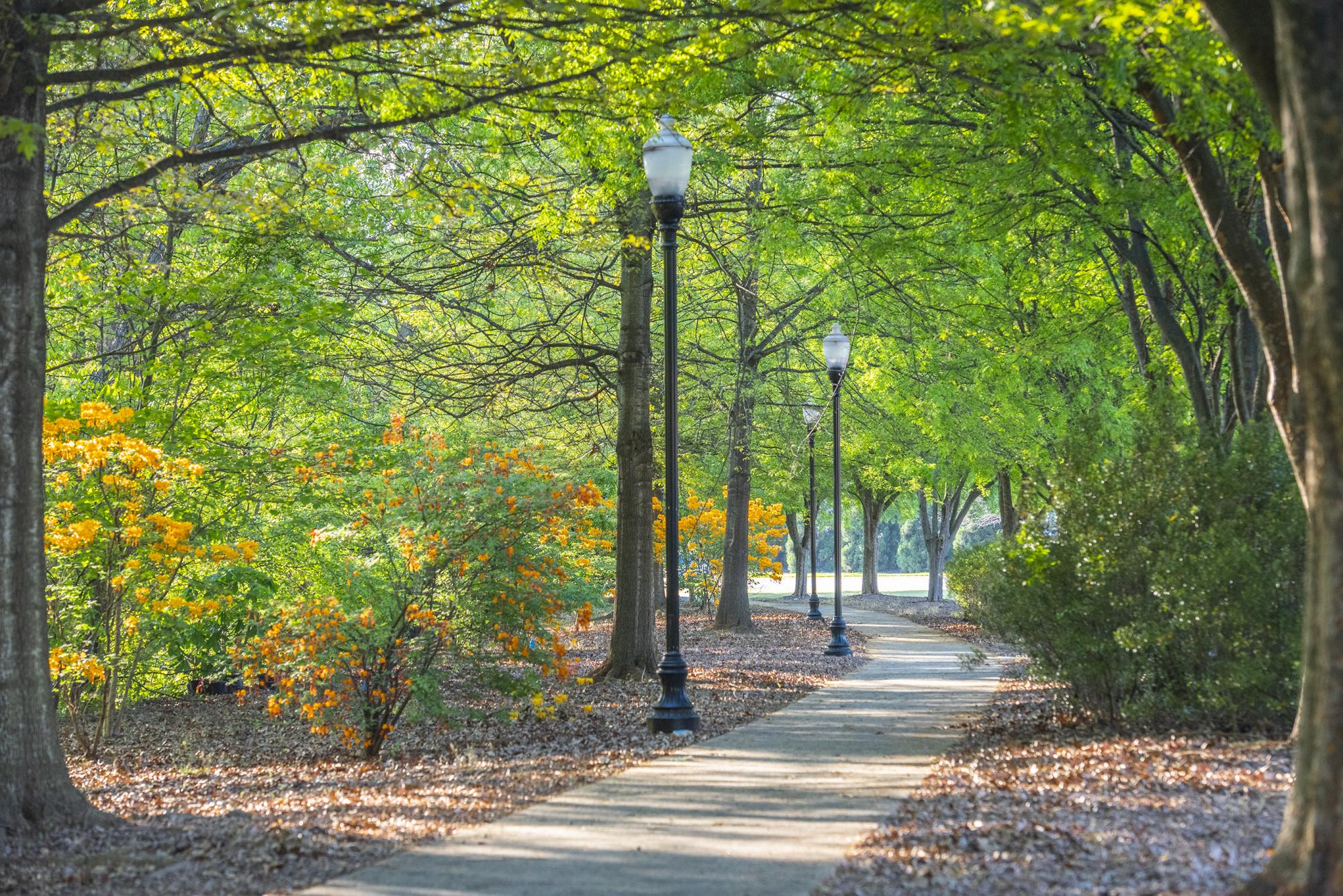
The City of Clemson boasts more than 300 acres of green space and a 48% canopy coverage. With a high concentration of urban forest, a dedicated team of seven passionate city employees oversees all of the city’s greenspaces in the newly formed Urban Park Land Management Department, headed by arborist Tony Tidwell.
A 15-year city official serving most recently as the city’s horticulturalist, Tidwell spearheads the department’s deep-rooted commitment to managing and preserving the tree canopy and greenspaces.
“We have had a public tree ordinance that has been on the books since 1988,” he explained. “When we were developing this new department, we were developing standards and guidelines – what was going to be our professional truth – and we started going through this public tree ordinance. There’s a whole lot of great things to stand on in that ordinance.”
Tidwell emphasized that the ordinance acknowledges the economic, social and environmental benefits trees provide to the community.
“We try to incorporate that into a maintenance strategy so that sustainability is built into what we’re doing every day.”
After receiving a grant from the South Carolina Forestry Commission, the City of Clemson embarked on an urban tree canopy assessment study in partnership with the Green Infrastructure Center, which identified some of the city’s heat islands and potential for canopy growth. Findings from the study concluded that Clemson’s existing canopy has the potential to grow to 53%, with 189 acres of potential planting area.
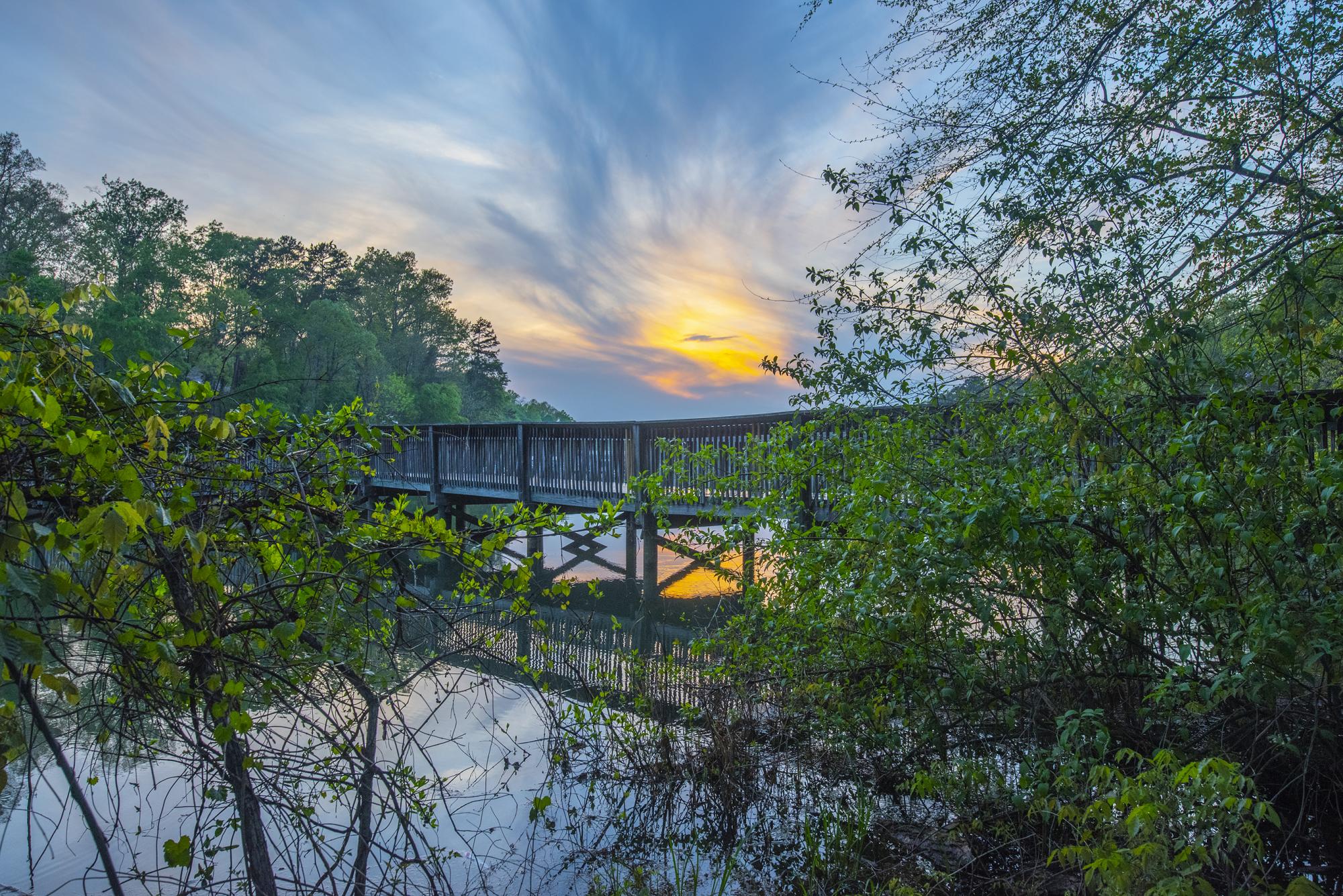
While most of the canopy coverage falls on private property, the department can only control what’s on public land, Tidwell said, noting that no ordinances or city regulations are in place to control the tree canopy on private property. The department implemented several programs and educational events, including a tree planting campaign, “#GrowAGreenerClemson.”
“We started with a tree giveaway in January of [last] year, and we gave away 362 trees,” he said.
Tidwell listed several emphases for the effort: promoting the planting of new trees, replacing some of the older trees that are cycling out, as well as getting the word out about bolstering the existing canopy.
“It’s one thing to have that canopy map and that percentage and feel good about it,” Tidwell said. “Well, it only takes a day of clearing to wipe out 1 or 2% of that canopy, so it’s very important that we get out the information of why it’s important for us to maintain that canopy, and so we wanted to do an ecological service study on the benefits of that canopy.”
Another study conducted in June 2023 detailed the positive environmental impacts of the tree canopy ecosystem, looking at categories such as stormwater, air quality and heat islands.
“This study took the canopy and it showed us the health of our watersheds, it showed us where out heat islands are, it showed us the impacts of tree loss, it showed us our surface temperature in the City of Clemson, and a lot of that is where there are no trees,” Tidwell said.
It also indicated potential planting areas, Tidwell said, noting that a lot of those are in low-income areas and around the city’s schools.
“This tree planting can mitigate a lot of the heating days [in South Carolina] over that period of time, not to mention all of the stormwater benefits,” Tidwell continued. “We’re mitigating 11 million gallons of stormwater per year with our tree canopy, and that’s helping us economically not have to build more infrastructure for that stormwater capacity.”
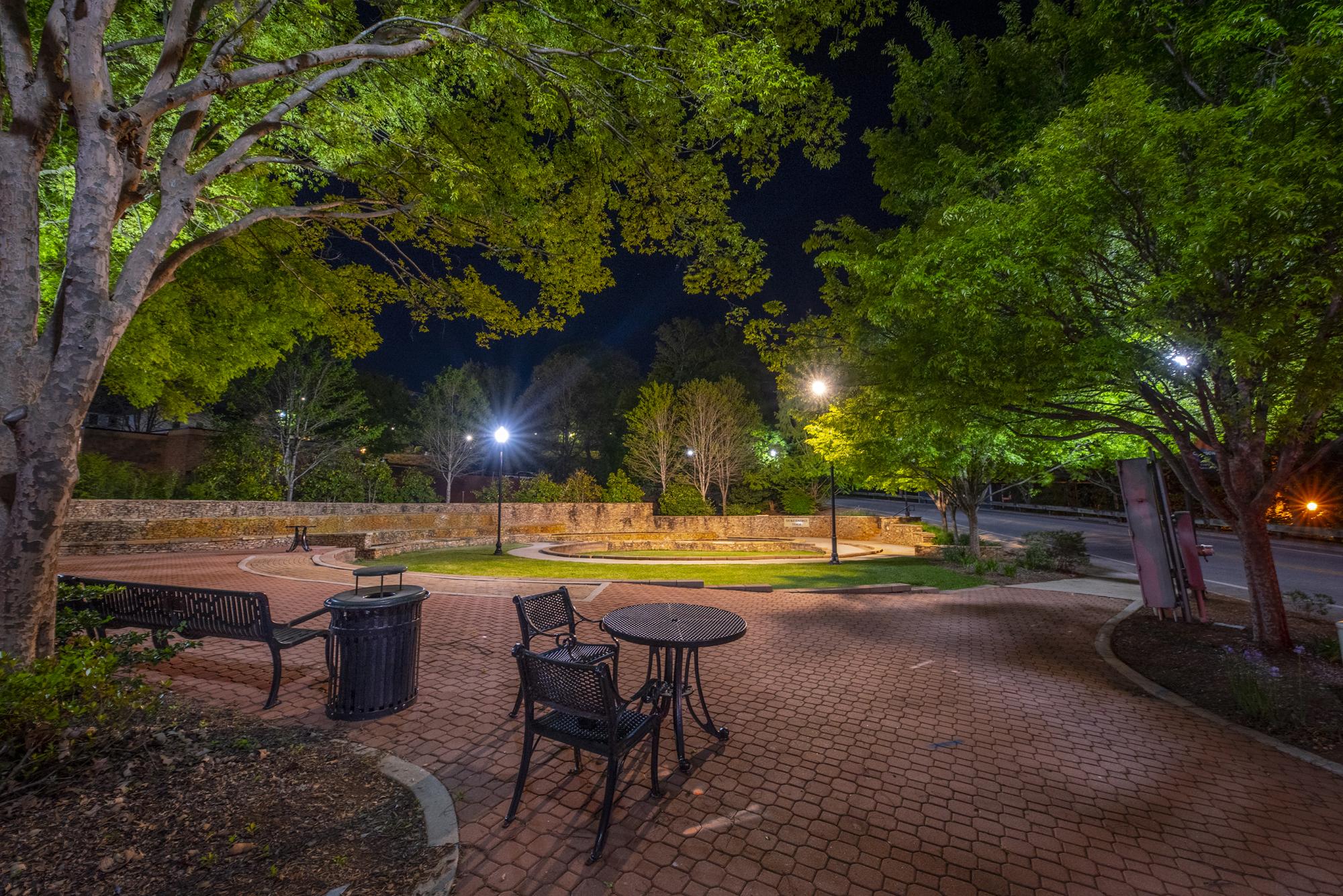
Clemson’s existing tree canopy sequesters 12,078 metric tons of carbon and mitigates 79,577 pounds of air pollutants per year, according to the June 2023 study findings.
“The trees are doing a tremendous amount of work for us right now, and really, they are a utility, just like our water and sewer lines — they are our air filters that are making this a healthy place to live,” Tidwell said.
In terms of canopy protection amid widespread development, he said that the Planning and Codes Department has established programs and land regulations voted into action by the city council that require all new developments to help maintain canopy coverage.
“Right now, new developments are required to meet 25% canopy coverage and planned developments are required to meet a 30% canopy coverage,” Tidwell said.
For developments that cannot meet that requirement, Tidwell said that they’re required to pay a fine that goes towards a city tree credit fund, which allows future trees to be planted as well as tree giveaways at events.
The employees of the relatively new Urban and Park Land Management Department, Clemson Mayor Robert Halfacre said, are a dedicated group who are “. . . intentional everyday, and use best management practices to ensure a better future for all.”
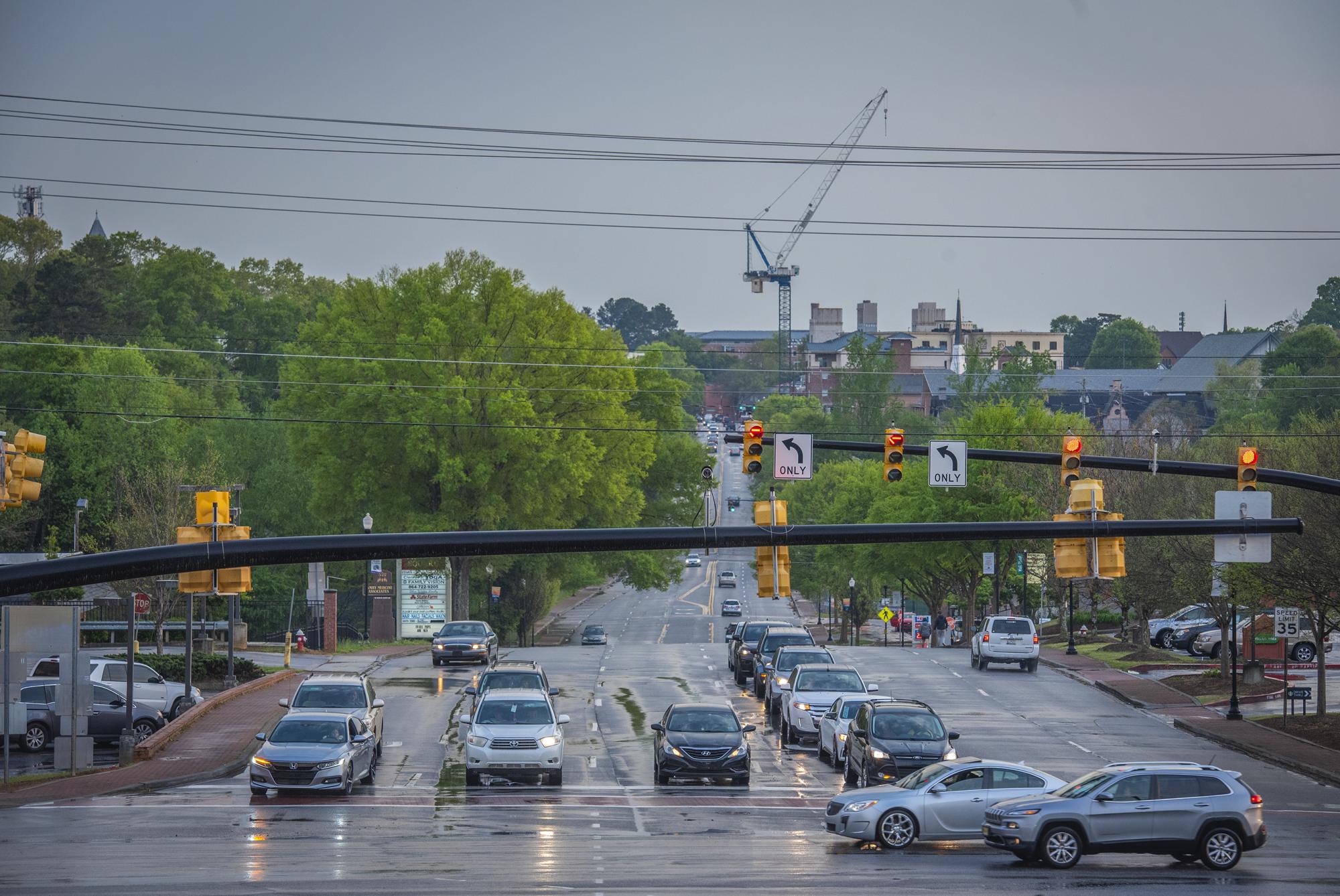
“This is a citywide initiative to make a transformational impact to conserve our natural assets for future generations through well-planned land use practices,” Halfacre said. “We are very proud of our efforts under their leadership and our engaged and informed community.”
The Midlands has its fair share of foliage, from loblolly pines to magnolias to live oaks. For the City of Columbia, tree maintenance is a public works concern. There, Deputy Public Works Director Sara Hollar, who has a degree in horticulture from Clemson University, decided to pursue urban tree care as a career and has been with the city for 19 years.
“I think [this passion] probably started when I was little. I remember in first grade, somebody coming in and talking about Arbor Day and giving all the kids a seedling to take home. I took mine home and convinced my parents to plant it in the front yard and I remember thinking how big it was when we moved from that house,” Hollar said.
The City of Columbia’s Public Works includes the Forestry and Beautification Department, for which Hollar was superintendent for 12 years. The department is in charge of maintaining the city’s trees, greenspaces and landscaping, and works in conjunction with the Tree and Appearance Commission.
The Superintendent of the Forestry and Beautification Department attends all of the commission meetings and acts as a liaison to the city, said Hollar.
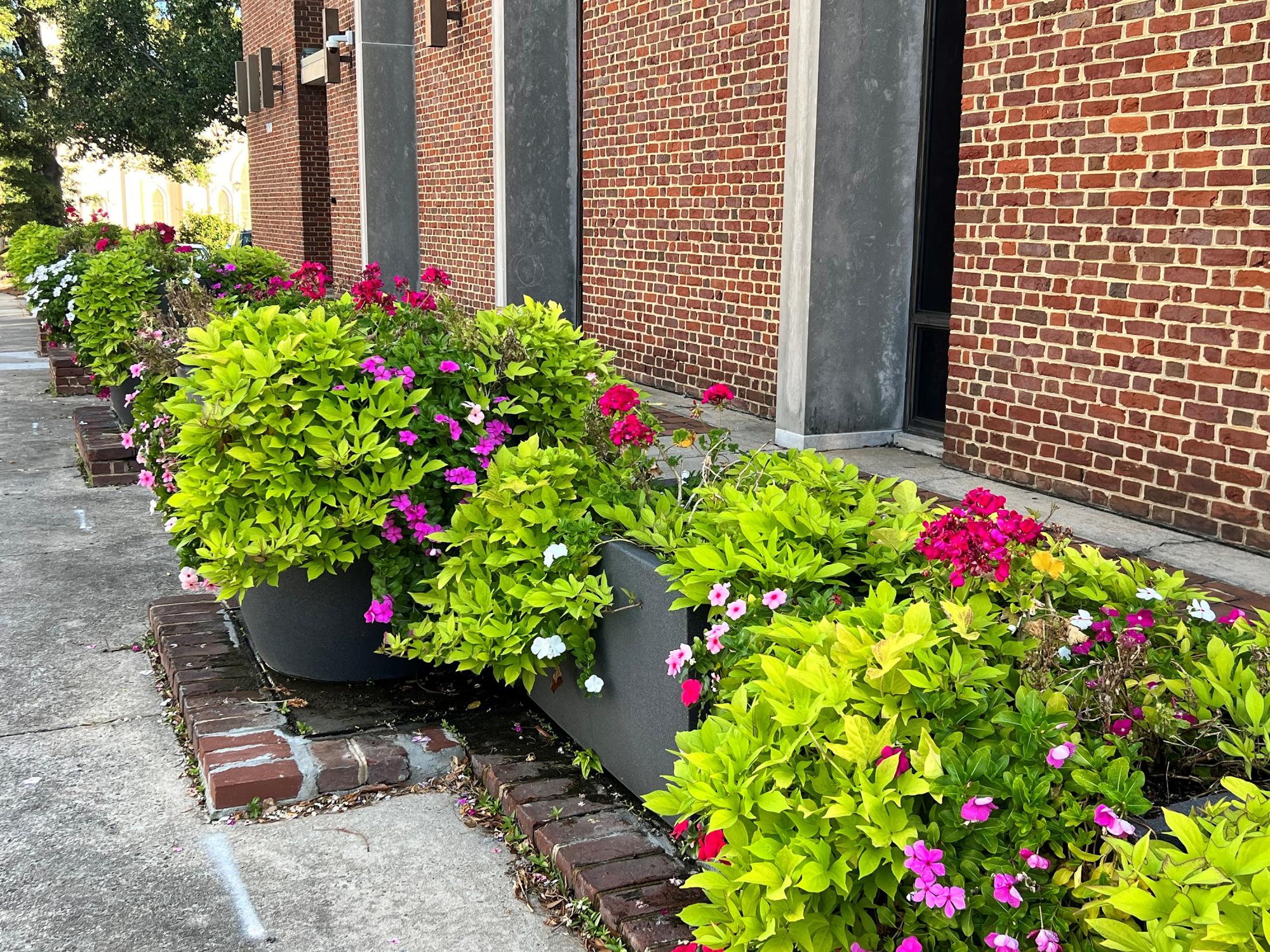
“A lot of what we’re currently working on now is renovating some of the designated areas that we maintain that [became worn] out a little bit, so we’re trying to spruce those up with replacements,” Hollar said. “We’ve got a bunch of new [planter] pots around City Hall and 1800 Main Street, [and] we’ll be adding some more pots at some other city facilities.”
She noted that the Department of Forestry and Beautification has a landscape design technician who generates the ideas for the planters, which are implemented after review and approval. Planter pots change with the seasons to provide color throughout the year. Hollar said that the city is looking to add more pots and continue to infill streetscape projects in the right-of-way.
The city’s Landscape and Tree Ordinance mostly deals with private property. A certified arborist herself, Hollar said that the department has several certified arborists on staff, adding that the Department of Planning and Development oversees and manages trees on private property, while her department manages trees in the right-of-way.
“If there’s a project coming through, we’ll look at what they have planned for the right-of-way, make sure that we think it’s going to work, and that some of the requirements get met.”
“We do get calls on occasion where someone is trying to cut down a tree in the right-of-way, and that is something that we stop if we can. The trees in the right-of-way really belong to the city – they’re the responsibility of the city if we planted them and we like to try to keep the canopy, although if it meets our guidelines for removal, we will remove it and look at replacing it,” Hollar said.
Market on Main Street.
The city, working with the nonprofit Columbia Green, obtained a U.S. Department of Agriculture grant for education and to give away trees for people to plant on private property.
The grant, Hollar said, can help those planting trees “know how to do it, know what to do, get the actual tree, know how take care of it, and know what to look out for.”
In terms of protecting Columbia’s existing canopy, Hollar states that the goal has always been to maintain it.
“The city plants 500 trees in the right-of-way every year; some of those are replacement trees, so you might have gone from a large canopy to a currently small canopy that over time will grow and fill in,” she said.
With their abundance of trees, municipalities across South Carolina are adopting sustainable approaches to tree preservation and management, planting the seeds for a greener future.
